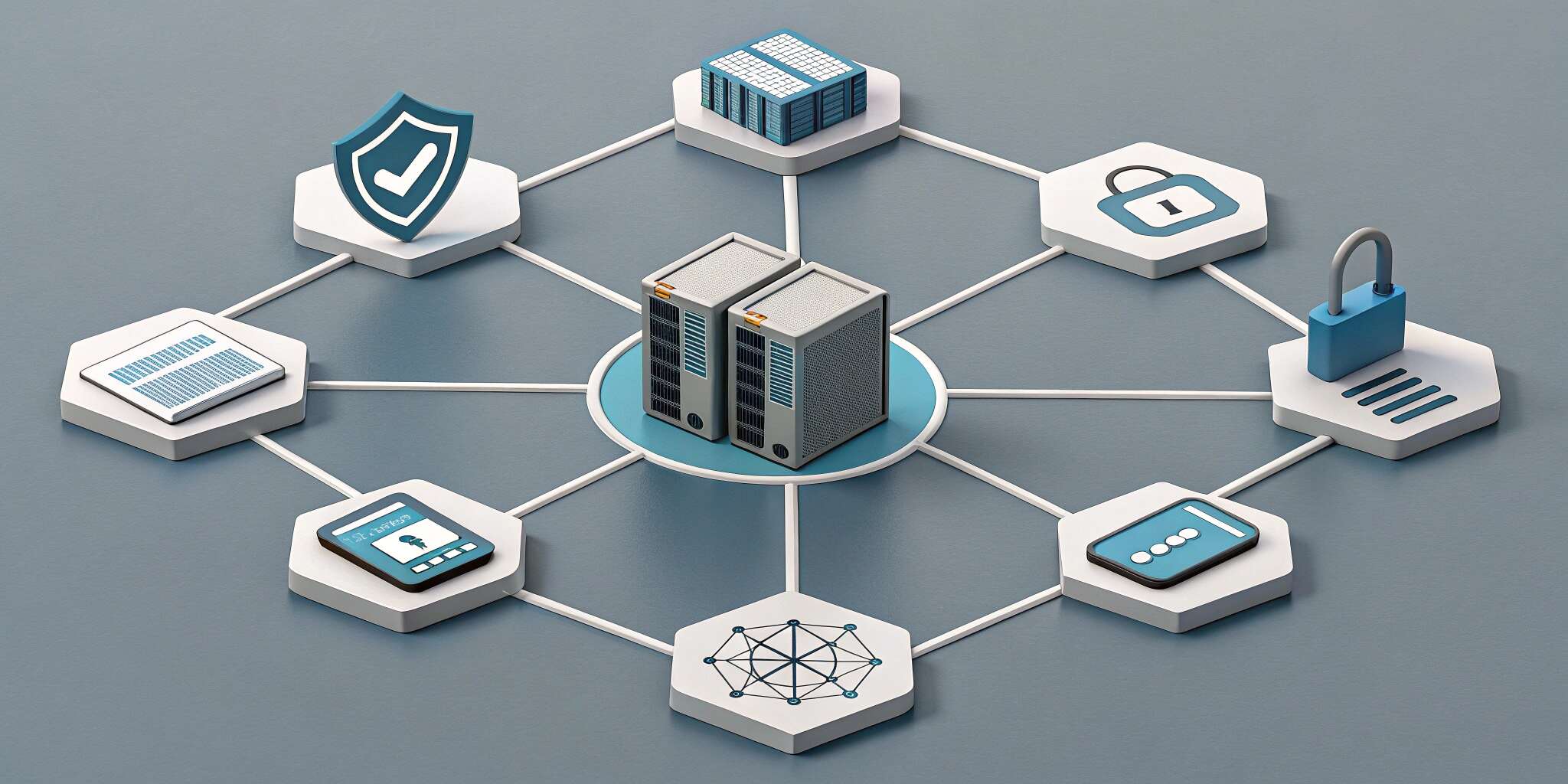In an increasingly digital world, cyber threats are growing in complexity and frequency. Organizations must go beyond traditional cybersecurity measures and embrace cyber resilience—the ability to anticipate, withstand, recover from, and adapt to cyber incidents. Building a cyber-resilient organization ensures continuity, trust, and long-term growth.
1. Understand the Concept of Cyber Resilience
Cyber resilience combines cybersecurity, business continuity, and organizational adaptability. It goes beyond just preventing attacks—it's about how quickly and effectively you can bounce back when (not if) an incident occurs.
Key Elements:
- Threat detection and prevention
- Rapid incident response
- Recovery and continuity plans
- Learning and adapting post-incident
2. Conduct a Comprehensive Risk Assessment
Start by identifying your critical assets, potential vulnerabilities, and likely threats. This should include:
- IT infrastructure and software
- Employee access points
- Supply chain partners
- Third-party services
Use this analysis to prioritize risk mitigation efforts.
3. Develop a Multi-Layered Security Strategy
Adopt a defense-in-depth approach to secure all layers of your IT ecosystem:
- Firewalls, anti-malware, and intrusion detection systems
- Zero Trust Architecture for access control
- Encryption for data at rest and in transit
- Regular software patching and updates
4. Foster a Security-First Culture
Technology alone can’t prevent breaches. Employee behavior is often the weakest link in security. Strengthen human firewalls by:
- Conducting regular cybersecurity training
- Implementing phishing simulation tests
- Encouraging secure password practices
- Creating a no-blame environment to report threats
5. Implement an Incident Response and Recovery Plan
A well-documented and tested incident response plan (IRP) can significantly reduce damage from a cyber event.
Your plan should:
- Define roles and responsibilities
- Establish communication protocols
- Outline response timelines
- Include steps for restoring operations
Regular drills ensure preparedness.
6. Leverage Automation and AI
Automated tools powered by AI can detect anomalies, respond to threats, and reduce human error. Consider:
- Security Information and Event Management (SIEM) systems
- AI-driven threat intelligence platforms
- Automated backup and recovery systems
7. Continuously Monitor, Test, and Improve
Cyber resilience is an ongoing process. Schedule regular audits, vulnerability scans, and red team/blue team exercises to test your defenses. Learn from past incidents and adapt policies accordingly.
8. Engage Leadership and Governance
Cyber resilience must be driven from the top. Ensure executive involvement in:
- Risk management discussions
- Budget allocation for cybersecurity
- Reviewing compliance with standards like ISO 27001, NIST, or GDPR
Conclusion
Building a cyber-resilient organization is not a one-time effort—it’s a continuous journey. With the right strategies in place, companies can safeguard their assets, maintain customer trust, and thrive in the face of digital adversity.


